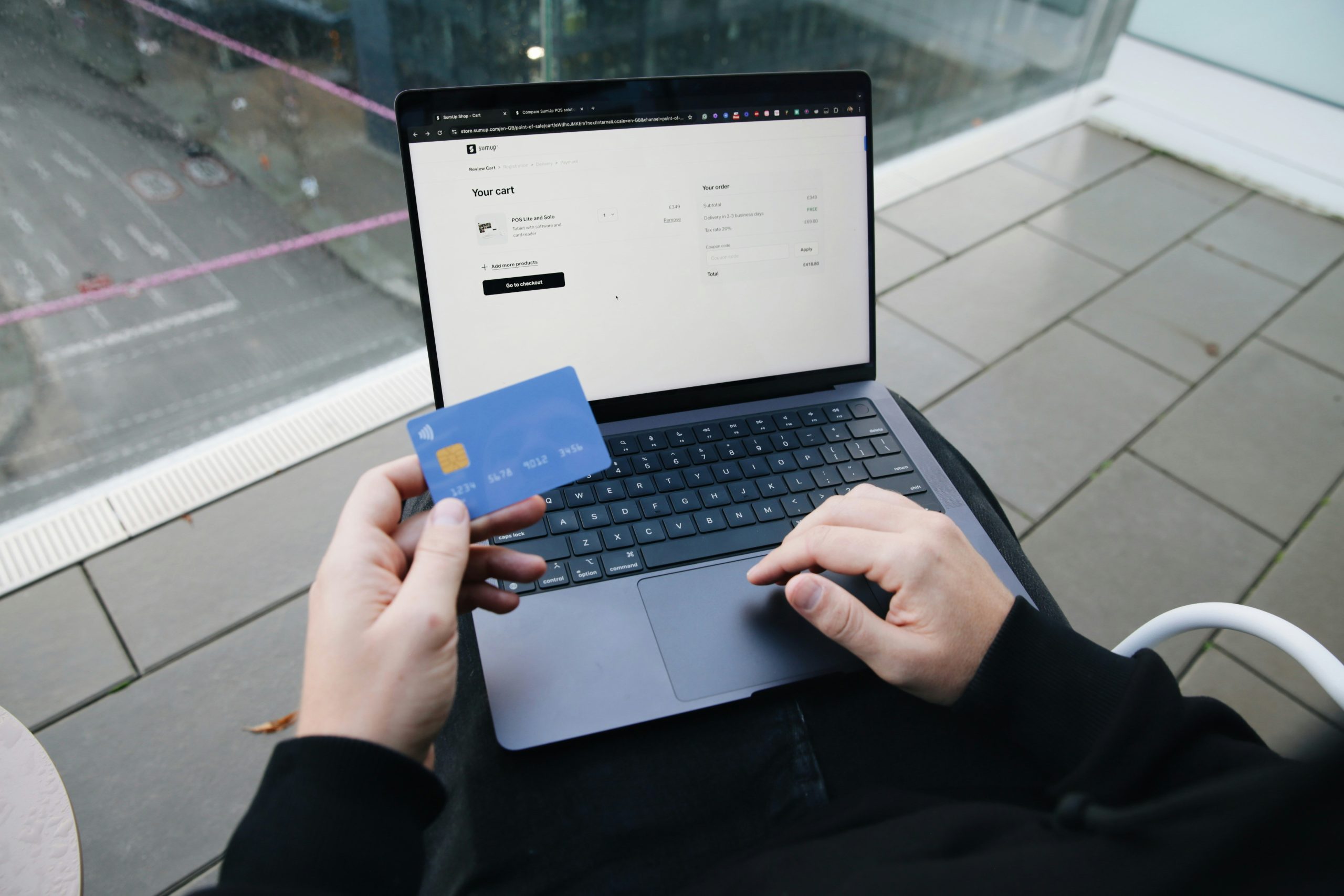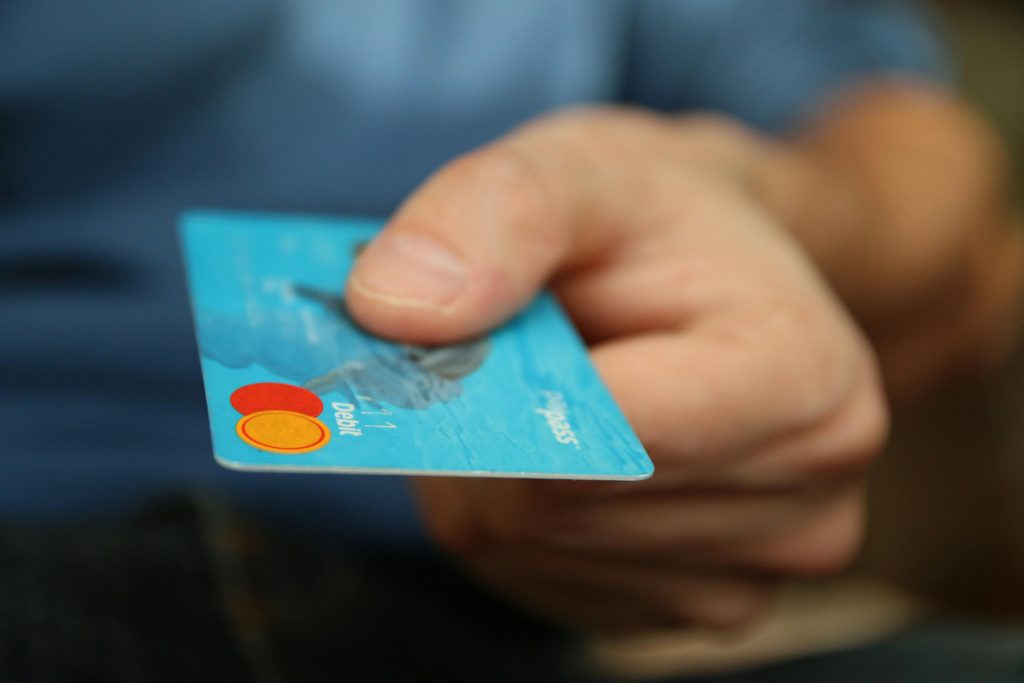Have you ever woken up to find your credit card stolen, leaving your bank account drained and your theft insurance claims in chaos? We’ve all been there—or at least know someone who has. With identity theft on the rise, protecting your financial lifeline isn’t just optional anymore; it’s critical. That’s where the Account Lockdown Protocol comes in.
In this guide, we’ll walk you through everything you need to know to shield your credit cards and maximize your theft insurance coverage. Buckle up—it’s about to get real. You’ll learn:
- Why Account Lockdown Protocols are essential for modern finance
- Step-by-step instructions to safeguard your accounts
- Tips to streamline theft insurance claims (yes, it’s brutal)
- Real-life examples of what *not* to do (spoiler: they’re wild)
Table of Contents
- Key Takeaways
- Why You Need an Account Lockdown Plan
- How to Implement the Account Lockdown Protocol
- Best Practices for Maximizing Theft Insurance
- What Happens When Things Go Wrong?
- Frequently Asked Questions
- Conclusion
Key Takeaways
- An Account Lockdown Protocol ensures rapid response during a breach or theft event.
- Theft insurance often requires proactive measures, like locking down accounts early, to validate claims.
- Using two-factor authentication (2FA) is no longer optional—it’s mandatory for account security.
- Avoid these pitfalls: ignoring alerts, failing to report quickly, or using weak passwords.
Why You Need an Account Lockdown Plan
I’ll confess something embarrassing right off the bat: I once ignored a suspicious email because “I didn’t have time.” Fast forward three days—I had to frantically freeze my credit cards after unauthorized charges popped up. Ugh. Don’t be me.
Here’s why having an Account Lockdown Protocol matters:
- Cybercrime is exploding: In 2023 alone, over $56 billion was lost due to identity fraud, according to Javelin Strategy & Research.
- The ripple effect: A single theft can lead to months of fighting with banks, insurers, and creditors.
- Insurance loopholes: Many policies demand proof that you acted swiftly—without an Account Lockdown Protocol, you’re toast.

How to Implement the Account Lockdown Protocol
Optimist You: *”This sounds simple enough!”*
Grumpy Me: *”Only if coffee’s involved.”*
No worries—we’ve got your back. Here’s how to set up your personal Account Lockdown Plan:
1. Enable Two-Factor Authentication (2FA)
If you haven’t enabled 2FA yet, stop reading this article and go do it. Seriously. It adds an extra layer of protection by requiring a code sent to your phone or app. Tools like Google Authenticator make it easy to manage.
2. Monitor Alerts Like a Hawk
Many credit card companies send instant notifications for transactions. If you see something fishy, act immediately. Pro tip: Customize alerts so you don’t miss critical updates amidst spammy notifications.
3. Keep Emergency Contacts Handy
Create a list of emergency contact numbers for your bank, credit card companies, and theft insurance provider. Store it securely—in both digital and physical formats.
4. Practice Freezing Accounts
Yes, practice. Most people only think about freezing their credit when disaster strikes. Try testing your bank’s freeze feature now—you might save hours later.
5. Document Everything
Screenshots, emails, receipts—you name it. The more evidence you collect, the smoother your theft insurance claim process will be. Sounds tedious? Trust me, it beats dealing with denials.

Best Practices for Maximizing Theft Insurance
Now let’s talk insurance. While every policy differs, here are universal tips to keep you covered:
- Read the fine print: Understand exclusions like late reporting penalties.
- Act fast: Report incidents within 24 hours whenever possible.
- Diversify your backup: Relying solely on one card or insurer is asking for trouble.
- Avoid sharing PINs: No matter how trustworthy someone seems—don’t risk it.
Rant Alert: Nothing drives me crazier than those cheesy ads claiming “instant approval” for sketchy cards without mentioning hidden fees. Always vet offers before jumping in!
What Happens When Things Go Wrong?
Remember Sarah from accounting? She accidentally clicked on a phishing link (classic rookie move). By the time she realized her mistake, thieves had maxed out her travel rewards card and filed fake insurance claims under her name.
Lesson learned: Early action saves headaches—and cash. Had Sarah followed an Account Lockdown Protocol, she could’ve minimized damage.

Frequently Asked Questions
Can I implement an Account Lockdown Protocol manually?
Absolutely! Automation tools help but aren’t necessary. Focus on consistent habits instead.
Does theft insurance cover all types of fraud?
Not always. Policies vary widely. Some exclude certain purchases or require additional riders.
Is it okay to use password managers?
Honestly? Password managers are chef’s kiss for drowning algorithms. Use them responsibly, though.
Conclusion
The Account Lockdown Protocol isn’t just tech jargon—it’s your frontline defense against credit card theft and flimsy insurance claims. From enabling 2FA to documenting each step meticulously, small actions add up to big protection.
And hey, even if things go sideways, remember: you’re smarter now. Just like Tamagotchis back in the day, your financial health needs daily care—so don’t slack off.
Over and out 🦄:
Credit cards locked tight,
Theft claims handled with grace,
Sleep well tonight.


